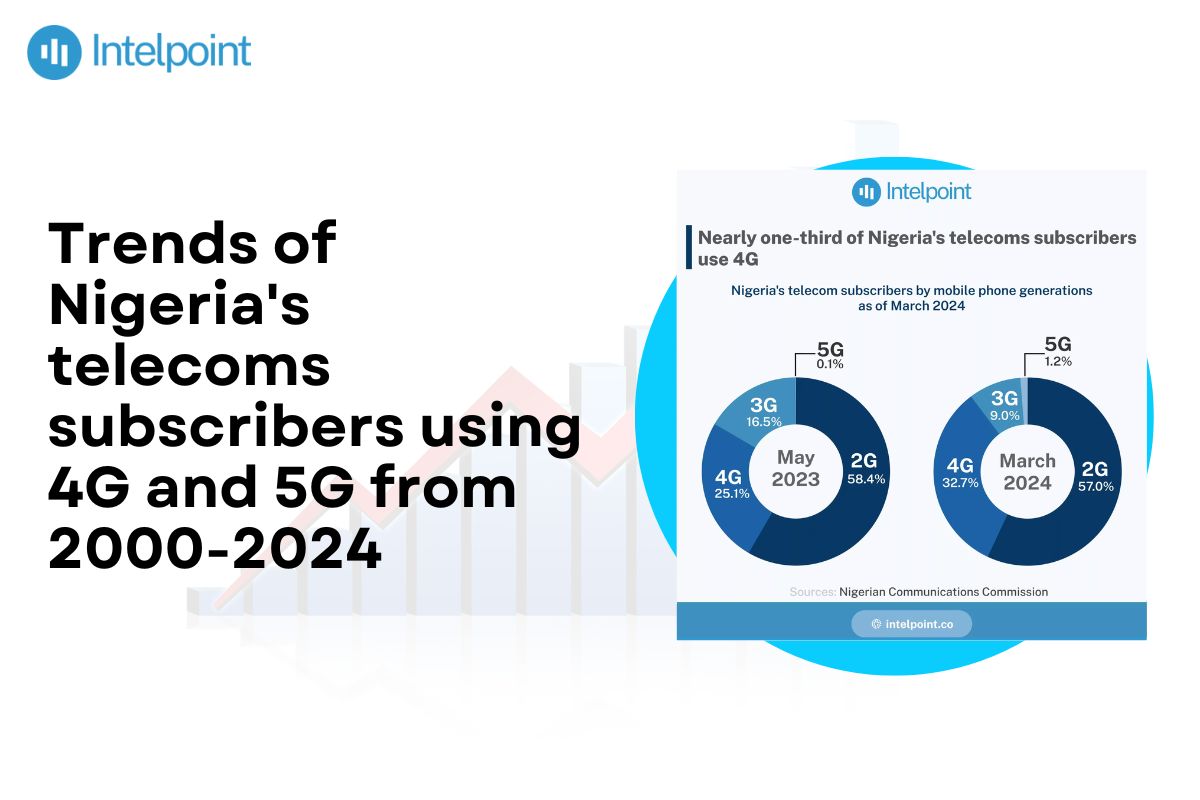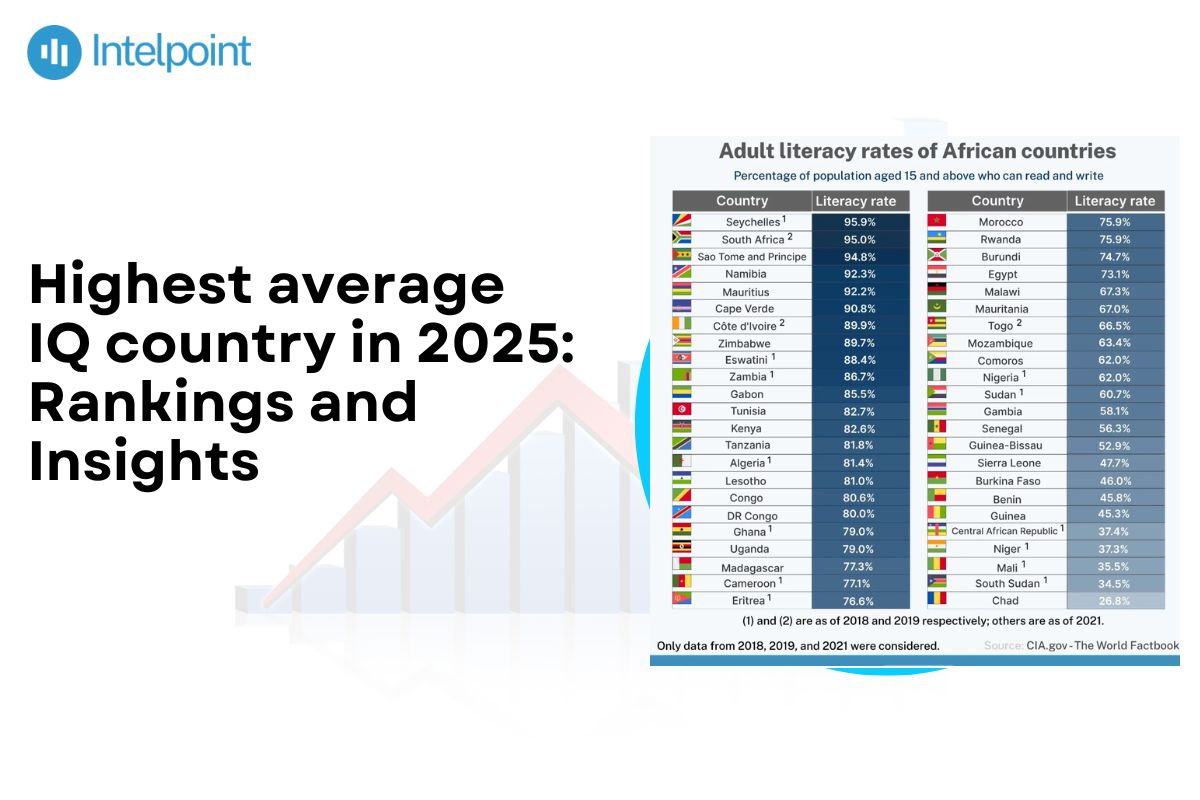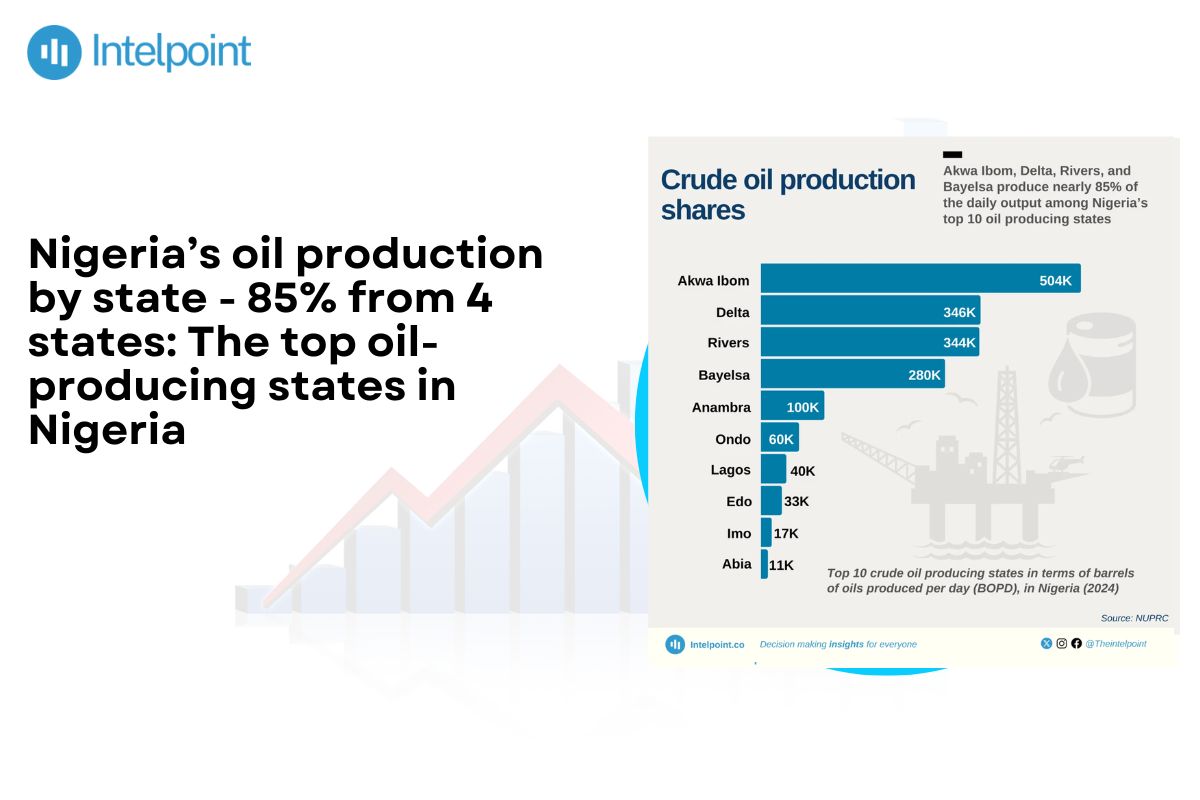
Nigeria’s telecommunications sector has grown exponentially since 2000, with mobile data subscriptions at nearly 190 million in 2023. 3G technology still led, albeit 4G and 5G adoption has been on the rise, with 5G subscriptions anticipated to be up to two million in 2024. There were over 224 million subscriptions in 2023.
Here’s a detailed table summarizing the trends of Nigeria's telecoms subscribers using 4G and 5G from 2000-2024:
| Period | Subscriber Growth Trends | Technological Milestones |
| 2000-2005 | Mobile subscriptions grew from an estimated 0.3 million in 2000 to over 19 million by 2005, thus starting Nigeria's mobile revolution. | The introduction of GSM technology in 2001 saw mobile phone penetration increase. |
| 2006-2010 | The subscriber base increased from 19 million to over 88 million, growing at a CAGR of approximately 36%. | Expansion of 2G networks across the country while initial trials of 3G technology started. |
| 2011-2015 | It caused subscriptions to swell to over 151 million, approximately at a CAGR of about 11%. | Commercial launch of 3G services with increased data capability and internet access. |
| 2016-2020 | By 2020, the number of subscribers reached about 204 million, and the adoption of 4G started to rise. | The services will start with introducing 4G LTE in 2016, with better access to the Internet. |
| 2021-2024 | By 2023, there were nearly 190 million mobile data connections, with the overwhelming majority on 3G. Although 5G connections were limited, they are set to reach almost two million by 2024. | 5G services launched in 2021, and according to projections, 5G connections are likely to increase manifold by 2024. |
Key takeaways
- 2000–2005: From approximately 17.5 million subscriptions in 2005, mobile subscribers went up to over 50 million by 2010.
- 2006–2010: Mobile subscriptions surged from 17.5 million to over 50 million by 2010.
- 2011–2015: Mobile subscriptions In the end-2015 they reached approximately 150M subscribers.
- 2016–2020: In 2020, mobile subscriptions reached over 200 million.
- 2021–2024: 5G connections were forecasted to reach almost two million by 2024.
Trends of Nigeria's telecoms subscribers using 4G and 5G from 2000-2024
2000–2005: Emergence of mobile services
Nigeria’s mobile telephone company also began growing in the early 2000s. When GSM services were established in 2001, subscriptions rose to approximately 17.5 million in 2005. The growth was dramatic, with 266,461 lines added within three months of the company's launch in 2001 and over 9 million subscriptions in 2004.
2006–2010: Expansion and infrastructure development
Between 2006 and 2010, Nigeria's mobile subscriber numbers expanded from 17.5 million to more than 50 million, an 182% increase. Mobile penetration increased from 13% of the population to 31%. The years 2006-2010 concentrated on the growth of the 2 G network.
2011–2015: Introduction of 3G services
Between 2011 and 2015, 3G services were made available in Nigeria, with enhanced data capacity and internet speeds. During this period, mobile subscribers rose to approximately 150 million. From 87 million in 2010, mobile connections had increased to 145 million in 2014, with internet penetration of roughly 80% in 2014.
From 36.5 million in 2010, unique subscribers rose to 58 million in 2014, with a 2014 penetration of approximately 32%. In 2015, 13% of the population had access to a 3G subscription, compared with 0.2% with access to a fixed-line phone. Mobile internet penetration also rose significantly, with 88 million individuals using the internet on their phones in May 2015.
2016–2020: Deployment of 4G networks
Between 2016 and 2020, the number of mobile subscribers in Nigeria increased from around 154 million to over 200.7 million. Broadband penetration rose to 45.93% in 2020, and mobile subscriptions rose to 98.03 for every 100 people. Base stations grew 8.7% to 36,998 by December 2020.
2021–2024: Introduction and expansion of 5G services
Between 2021 and 2024, 5G services launched and rolled out in Nigeria. In 2023, the country had 190 million mobile data connections, mostly on 3G networks. The number of 5G connections was anticipated to be two million in 2024. 3G connections accounted for the greater percentage of mobile data connections, with 5G connections being lower.
Conclusion
From 2000 to 2024, the Nigerian telecommunications sector grew incredibly, with mobile subscriptions rising from an estimated 17.5 million in 2005 to 224 million in 2023. With the launch of 4G services in 2016, internet and data services began to move even faster, while in 2021, 5G deployments raised the level of connectivity another notch. By 2024, 5G connections are expected to be near two million. These changes have dramatically recast Nigeria's digital landscape into one that will foster economic growth and technological innovation.
FAQs
Who has the most telecom subscribers in Nigeria?
MTN Nigeria is the leading mobile telecom operator in Nigeria, holding about 37 percent of the market share.
How many mobile phone subscriptions do Nigerians have?
In 2023, Nigeria had an estimated 224 million mobile cellular subscriptions, up from 222 million in the previous year.
When did telecommunication begin in Nigeria?
Telecommunication services in Nigeria started in 1986 when the mobile cellular telephone system services were set up.
Who is the mobile operator in Nigeria?
The major mobile operators in Nigeria include MTN Nigeria, Airtel Nigeria, Globacom, and 9Mobile.




